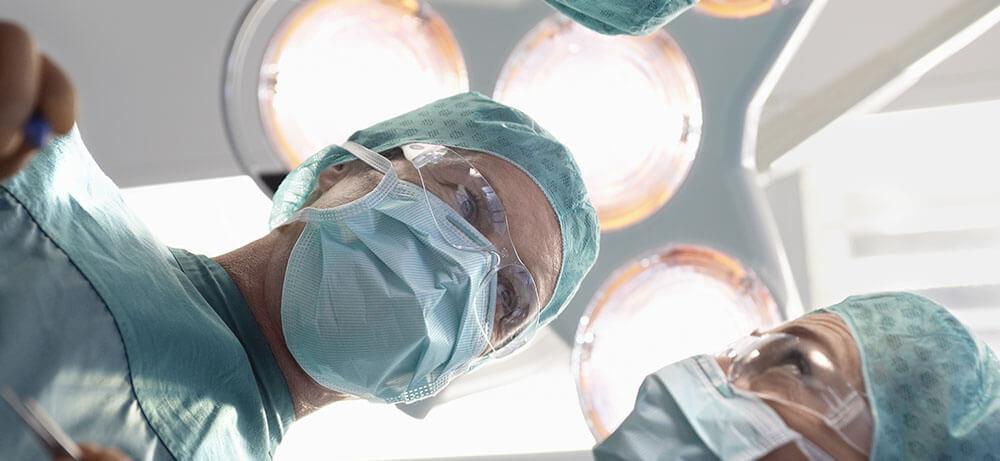Facial transplant operations reflect hope for trauma victims
Media from the offices of Broadway

Facial transplant operations reflect hope for trauma victims
A person’s face is a big part of his or her identity. When you brush your teeth in the bathroom or check your review mirror in the car that reflection represents you. Faces identify a person on driver’s licenses, passports, and ID badges. Imagine looking into the mirror and not recognizing the person in front of you. That’s the reality for people who undergo facial transplants. These life-changing operations are still uncommon but are possible now more than ever. Facial transplants are moving from experimental surgeries to normal procedures. Medical advancements have given trauma victims new confidence and a chance for a fresh start.
Setting the standards
The first facial transplant surgery was performed in 2005 at hospital in France. Since then, only a handful of procedures have been performed. Doctors continue to define the standards of procedure and ethical questions surrounding full face transplants. It’s still widely considered an experimental surgery, but some surgeons are starting to consider it part of regular healthcare. There are have been over 30 successful face transplants around the world. Face, hand, womb and other body transplants are considered life-enhancing procedures, as opposed to life-saving surgeries. For this reason and because of their experimental status, insurance doesn’t cover these costly transplants.

Another face in the crowd
Face transplants are complex, time-consuming surgeries that only a select few doctors have performed. Patients are excited for the opportunity to have a normal-looking face again, even if it’s not their own. It’s a second chance to be just another face in the crowd, instead of being the object of blatant stares. Good looks are important to face transplant patients, but many consider them a secondary perk. The most advantageous part of these surgeries is the facial repair work. A patient’s nose, cheek, lips, jaw, chin, and teeth are all transplanted from a donor and completely reconstructed. Recipients benefit from a restored ability to smell, chew and speak.
Transplants reconstruct confidence and functionality
Before undergoing a facial transplant surgery, potential patients have typically gone through as many as 80 reconstructive surgeries to make minor improvements. This is challenging physically and emotionally for people who are often frustrated with the tedious process and minimal progress. For the select victims who have received total face transplants, the journey has not been easy. Once selected for the operation, patients spend weeks and months on an organ donor waiting list. Patients have to be a similar match for blood and tissue types, age and skin tone for their donors.
Operation preparation
Successful facial transplants require a team of dedicated medical professionals. Surgeons and their team spend hours rehearsing the procedure with cadavers. Before the operation, doctors use 3-D imaging and virtual technology for additional practice. It takes about 24 hours for doctors to remove the skin, muscles, nerves and bone from the donor and a similar amount of time to perform the transplant. After the operation, there is a long psychological and physical recovery process. Many patients don’t see the final results for weeks and spend even longer adjusting to a new face on their body.
Our faces reflect our personalities. They grow with us from chubby baby cheeks, through acne-ridden puberty and into the wrinkles of age. Victims of trauma have a different reality as they go through life plagued with facial deformities that can inhibit their normal function. Facial transplants offer these patients the chance to chew, smell and speak without limitations. It’s a difficult transition to accept another person’s face as your own. For facial transplant recipients, the journey is well worth it.
Want to learn more?
Have questions?
Want to schedule a consultation?
